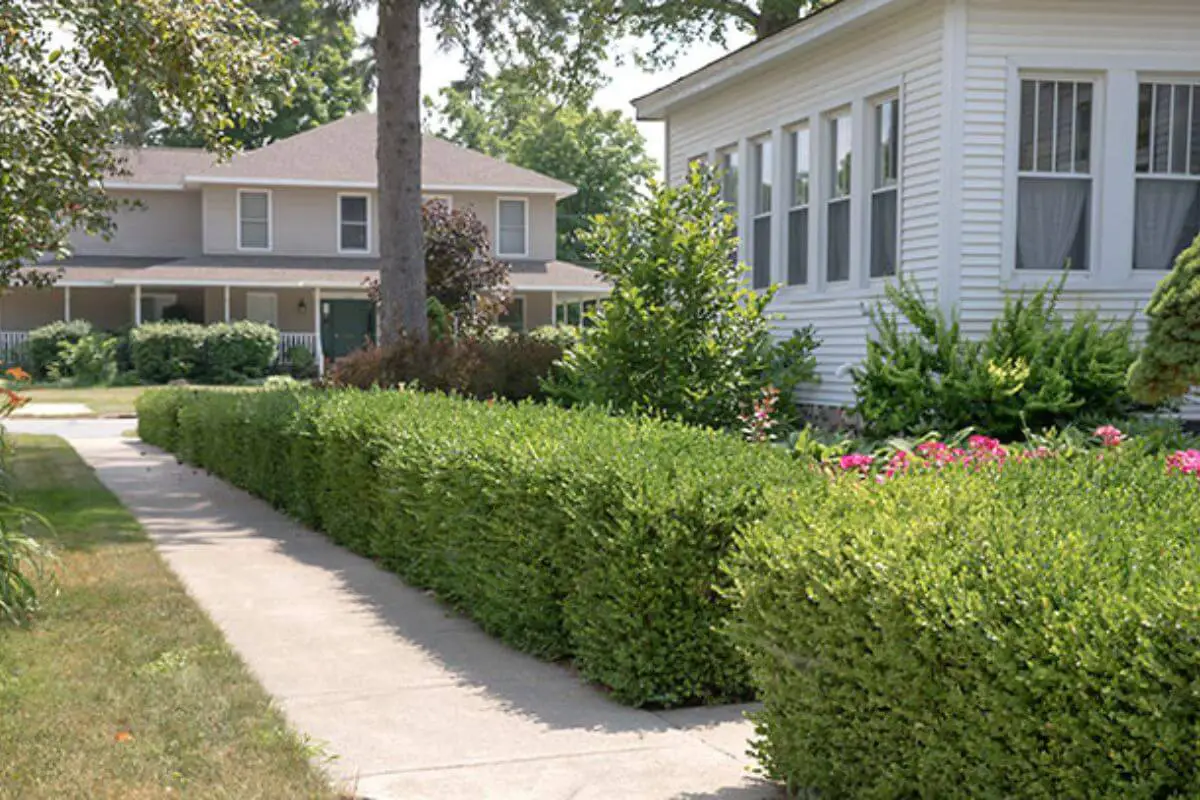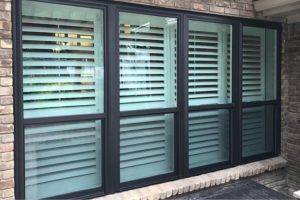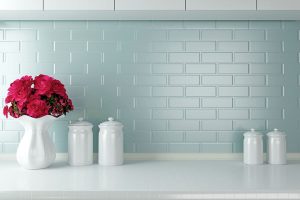When it comes to landscaping, choosing the right type of evergreen can significantly impact the overall aesthetics and appeal of your outdoor space. Yew and boxwood are two popular choices known for their lush foliage, versatility, and ability to provide year-round greenery. In this article, we’ll compare yew and boxwood to help you decide which evergreen is best suited for your landscape needs.
About Yew
Characteristics and Varieties
Yew (Taxus) is a versatile evergreen with several species and cultivars. It features dark green needles and can vary in size, from small shrubs to larger trees. Yews are known for their rich history in landscaping and their ability to adapt to various growing conditions.
Landscape Applications
Yews are often used for hedges, screens, foundation plantings, and topiaries. Their dense growth habit makes them excellent choices for creating privacy or defining spaces within the landscape.
About Boxwood
Types of Boxwood
Boxwood (Buxus) is a classic evergreen known for its small, glossy leaves and compact growth. There are numerous boxwood species and cultivars available, offering various sizes, leaf colors, and growth patterns.
Landscape Versatility
Boxwood is prized for its versatility. It can be shaped into formal hedges, used as border plants, or even sculpted into intricate designs. Boxwood’s ability to tolerate frequent pruning makes it a favorite among landscape designers.
Appearance and Growth Patterns
Foliage and Color
Yew and boxwood both feature dense foliage, but boxwood’s leaves tend to be smaller and more uniform. Yew needles are darker in color, while boxwood leaves are often bright green.
Growth Rate and Shape
Yews typically grow slower than boxwood. Boxwood can be sheared into various shapes more frequently due to its faster growth rate.
Maintenance and Pruning
Care Requirements
Both yew and boxwood require well-drained soil and benefit from regular watering, especially during their establishment period. Proper mulching helps retain moisture and regulate soil temperature.
Pruning Techniques
Boxwood’s ability to handle frequent pruning allows for creative shaping, while yew’s slower growth rate means less frequent pruning is required to maintain its shape.
Environmental Tolerance
Sunlight and Shade Preferences
Both yew and boxwood thrive in partial shade to full sun conditions. However, boxwood can tolerate more sun exposure than yew.
Soil and Moisture Needs
Yew and boxwood prefer slightly acidic to neutral soil. Adequate soil drainage is crucial for preventing root rot.
Design Considerations
Formal vs. Informal Landscapes
Boxwood is often associated with formal gardens due to its uniform shape and ability to be pruned into geometric designs. Yew’s more relaxed growth habit makes it suitable for both formal and informal landscapes.
Companion Planting
Both yew and boxwood can be paired with various flowering plants, providing a contrasting backdrop that enhances the overall visual appeal.
Pests and Diseases
Common Issues
Both yew and boxwood can be susceptible to certain pests and diseases, including scale insects and root rot. Regular monitoring and prompt action can help prevent infestations.
Preventive Measures
Practicing good sanitation, proper spacing, and providing adequate air circulation can help prevent common pest and disease issues in both yew and boxwood.
Making Your Decision
Choosing between yew and boxwood depends on factors such as your landscape design preferences, growth rate expectations, and maintenance capabilities.

FAQs
Can I plant yew and boxwood together?
Yes, yew and boxwood can be planted together, creating a visually appealing combination of textures and colors.
Are yew and boxwood deer-resistant?
Both yew and boxwood are considered deer-resistant plants, making them suitable choices for landscapes prone to deer browsing.
Which evergreen requires less pruning?
Yew requires less frequent pruning due to its slower growth rate.
How do I protect yew and boxwood from pests?
Regular inspection, proper maintenance, and timely treatment with appropriate pesticides can help protect yew and boxwood from pests.
Can yew and boxwood thrive in containers?
Yes, both yew and boxwood can thrive in containers, making them excellent choices for adding greenery to patios and balconies.
Conclusion
Selecting between yew and boxwood depends on your landscaping goals, maintenance preferences, and the specific aesthetic you wish to achieve. Both evergreens offer unique qualities that can enhance the beauty of your outdoor space.



